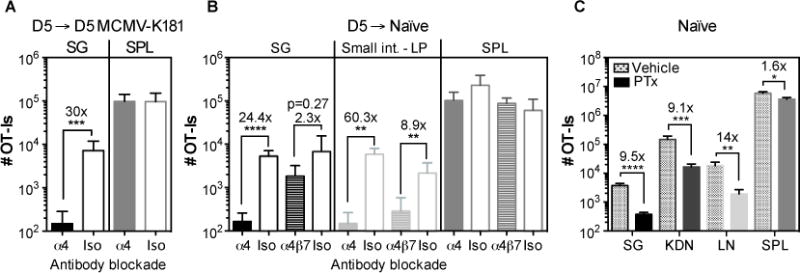Fig. 4. CD8+ T cell accumulation in infected and uninfected salivary glands is dependent on α4 integrin and chemokines.

A and B) Naive OT-Is (5×104) were transferred into congenic mice that were infected one day later, with MCMV expressing OVA via the i.p. route. Splenocytes containing expanded OT-Is were recovered from the spleen 5 days later and transferred to (A) mice infected with wild-type MCMV (lacking Ova) or (B) naïve mice. Recipients were either treated or not with anti-α4 blocking antibody on the day of the transfer and mice were sacrificed 2 days after the transfer. Data show the absolute number of OT-I T cells recovered from the parenchya of salivary gland (SG), small intestine lamina propria (LP) and from the CD8β+ fraction of the spleen (SPL). Results were combined from 2 independent experiments (n= 5-6 mice per group). C) Naïve B6 mice were seeded with 8×106 in vitro activated OT-Is that had been treated with PTx or vehicle as a control before the adoptive transfer. Shown are the absolute numbers of OT-Is recovered from the parenchyma of salivary gland (SG), kidneys (KDN) lymph nodes (LN) and from the overall CD8β+ T cell population of the spleen 4 days after the adoptive transfer. Results from 2 independent experiments were combined (n=7). Error bars represent the SEM and statistical significances in (A-C) were measured by unpaired t-test after log10 conversion of the absolute numbers (*p<0.05; **p<0.01; ***p<0.001; ****p<0.0001).
